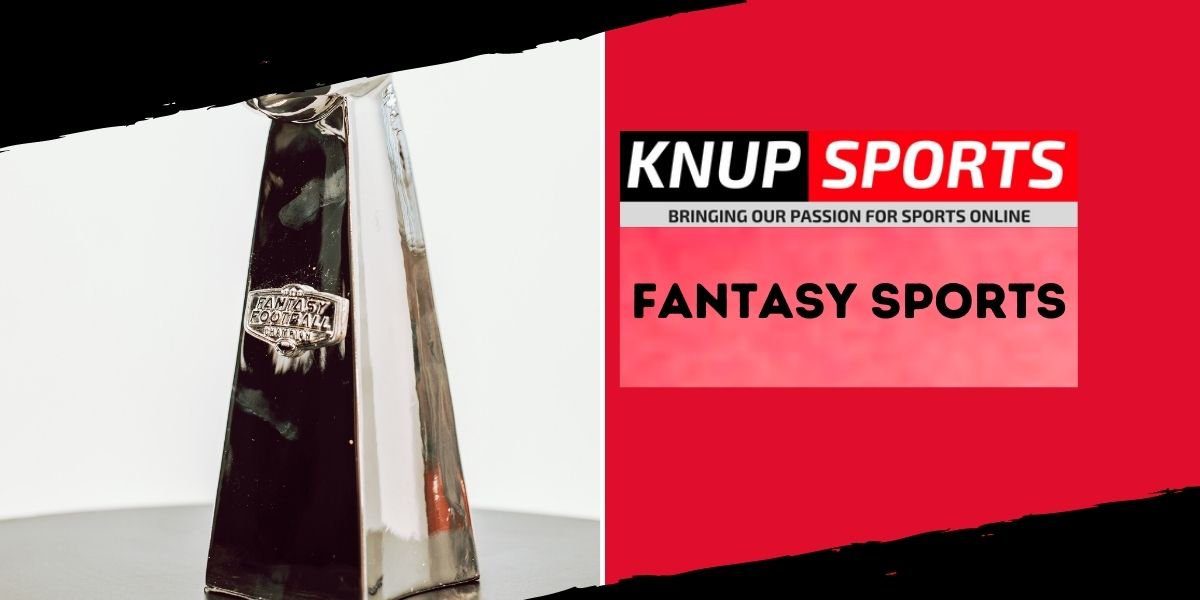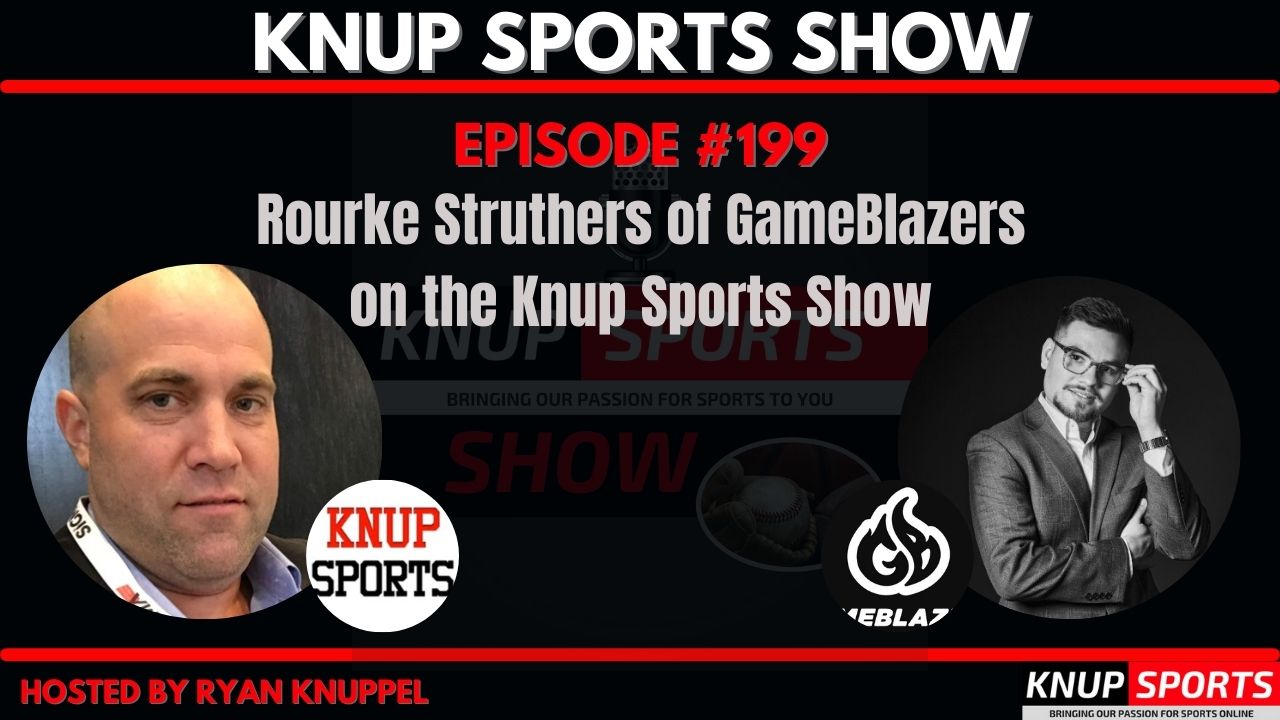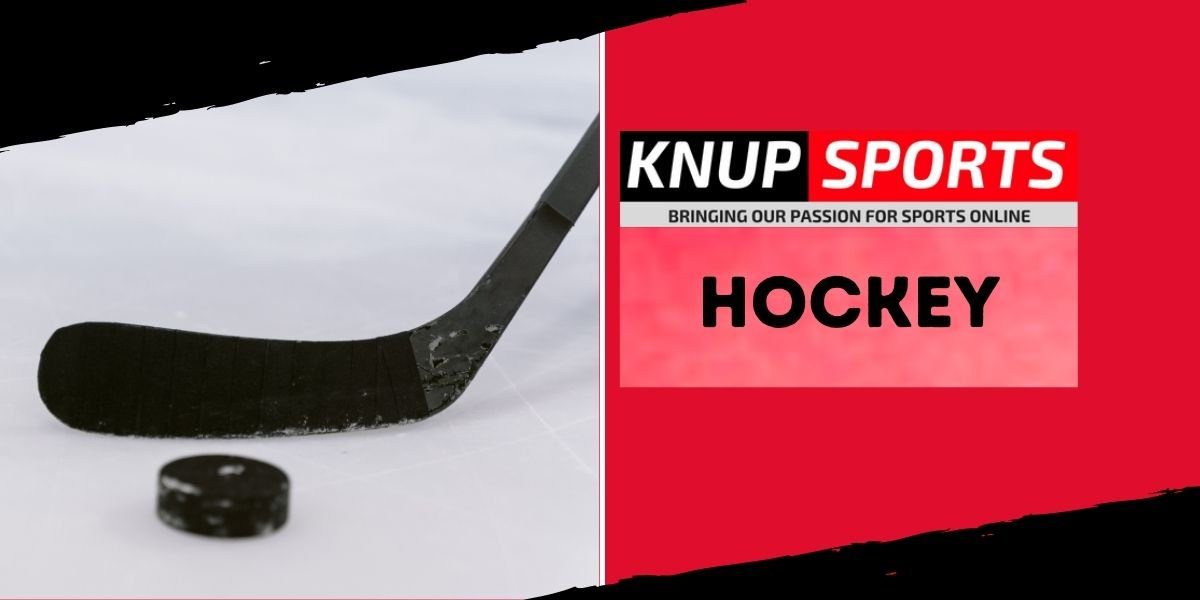If you’re a brand new fantasy hockey player, welcome! You’re going to love it! Whether you’re playing casually with friends or joining a money league, these five fantasy hockey tips will get you started on the right track to success.
Tip #1: Pay Close Attention to Your League’s Scoring System
There are two main types of scoring in fantasy hockey: points and categories. Categories are generally a bit easier to figure out, and when drafting, you can target players who will help you rack up goals, assists, hits, blocked shots, and more.
However, points scoring can get a bit tricky. Here’s an example to help visualize:
| Goals | Assists | +/- | Penalties
In Minutes |
Power
Play Points |
Short
Handed Points |
Game
Winning Goals |
Shots
On Goal |
Faceoff
Wins |
Hits | Blocked
Shots |
|
| Player A | 29 | 63 | 4 | 36 | 36 | 0 | 4 | 204 | 6 | 26 | 11 |
| Player B | 13 | 25 | -7 | 20 | 9 | 0 | 3 | 101 | 627 | 43 | 63 |
In many formats, Player A would be considered more valuable because of his offensive production, especially while on the power play. However, if your league includes points for hits, faceoff wins, or blocked shots, those can sometimes offset a lack of scoring.
Yahoo’s default scoring for head-to-head points leagues awards six points for a goal, four points for an assist, two points for each point of plus/minus (can go negative here), two points for power play points, 0.9 points for a shot on goal, and one point for a blocked shot. Using the above example, Player A would have a season total of 700.6 points, and Player B would have a season total of 335.9.
However, some leagues will award the same value to a hit as they do a blocked shot and a half-point for a faceoff win. When those two categories are factored into the scoring system, Player A is now worth 729.6 points, but Player B is now worth 692.4 points. Suddenly, the value difference between those two players is much closer.
Certain players will shine, and others will fade depending on your league’s scoring rules. Understanding how to maximize your league’s system is crucial to success.
Tip #2: Keep an Eye on the Schedule
Every season, NHL teams take a “bye week” somewhere around the middle of the season. At other times throughout the year, Team A may play four games in a week, while Team B plays only two. For that reason, a mid-tier player on Team A could score higher than a top-tier player for Team B.
Most leagues allow you to set a lineup daily, but just as with Tip #1, be sure to check your league’s settings to know when your lineups lock. If you have to set your lineup for the week by 6 PM ET on a Monday, knowing how many games your players are playing can help maximize your point potential.
Tip #3: Don’t Forget About the Goaltenders!
Goaltenders can be hard to predict, especially for fantasy hockey, and many players will forget about or even outright ignore drafting them. While I generally advise against drafting a goaltender in the first round (depending on how many players are in your league), I usually try to get a top goaltender by no later than the third round and have two quality starters by the end of the eighth round.
Additionally, you should avoid drafting multiple goaltenders from the same team. Having both from the same team limits the potential number of starts for both players to 82 (the number of games all teams play), so you’re capping point/category potential by doing so.
Tip #4: Watch Out for Positional Flexibility
Sometimes, fantasy sites will list a player as eligible for both left and right wing positions, or better yet, with center, left wing, and right wing eligibility. Because these players can be put into more than one roster spot, you have a bit more flexibility and creativity when setting your lineup.
This is also something you should consider when making a trade. If two players are at similar levels of production, the player with positional flexibility is often more valuable.
Tip #5: Consider Next Year’s Value for Keeper and Dynasty Leagues
This tip doesn’t apply if your league does an entirely new draft every season, often called a “redraft league.” But if you’re in a keeper or dynasty league, it may be worth it to acquire a player who is injured, underperforming, or who is young and about to break out. This can also tip the scale in a trade, especially if you’re moving a player who may be overachieving.
Is a player on an expiring contract and headed for free agency? Or maybe they’re in the penultimate year of their contract and looking at the “contract year bump” for next season? These can be great players to target, especially around the trade deadline.
Read more about the NHL.












